raceme (unbranched floral stalk) and strap-shaped foliage of Hyacinthus orientalis: Rasbak, CC BY-SA 3.0, via Wikimedia Commons @ https://commons.wikimedia.org/wiki/File:Hyacinth_bloem.jpg
Jean Lang, A Book of Myths (1915), pp 132-133: Public Domain, via Project Gutenberg @ https://www.gutenberg.org/files/22693/22693-h/22693-h.htm; specific Project Gutenberg image URL @ https://www.gutenberg.org/files/22693/22693-page-images/p132-insert.jpg; Not in copyright, via Internet Archive @ https://archive.org/details/bookofmyths00lang/page/n172/mode/1up
private collection, Japan: Public Domain, via Wikimedia Commons @ https://commons.wikimedia.org/wiki/File:Estudio_para_la_cabeza_de_Apolo,_by_Diego_Velázquez.jpg
Galleria degli Uffizi, Firenze (Florence), northwestern Italy: Public Domain, via Wikimedia Commons @ https://en.wikipedia.org/wiki/File:Botticelli-primavera.jpg
March 8, 2009, closeup of Hyacinthus orientalis flower: Senet, CC BY-SA 3.0, via Wikimedia Commons: Senet, CC BY-SA 3.0, via Wikimedia Commons @ https://commons.wikimedia.org/wiki/File:Hyacinthusorientalis.JPG
Weston, Middlesex County, Massachusetts; Courtesy of Smithsonian Institution, Richard A. Howard Photograph Collection: Not in copyright, via USDA PLANTS Database @ https://plants.usda.gov/home/plantProfile?symbol=MUBO; specific photo URL @ https://plants.sc.egov.usda.gov/ImageLibrary/original/mubo_005_pvp.jpg
Oshakan, western Armenia: Raffi Kojian of Armeniapedia.org, Public Domain, via Wikimedia Commons @ https://en.wikipedia.org/wiki/File:Muscari_armeniacum.jpg
Douthat State Park, Virginia's Western Highlands: Virginia State Parks staff, CC BY 2.0, via Wikimedia Commons @ https://commons.wikimedia.org/wiki/File:DO_-_Virginia_Bluebells_(4072587068).jpg; Virginia State Parks (vastateparksstaff), CC BY 2.0, via Flickr @ https://www.flickr.com/photos/vastateparksstaff/4072587068/
Karlsruhe, Baden-Württemberg state, southwestern Germany: H. Zell, CC BY-SA 3.0, via Wikimedia Commons @ https://commons.wikimedia.org/wiki/File:Viola_reichenbachiana_002.jpg
Parma Violet candy tablets: Cheesy member at English Wikipedia, Public Domain, via Wikimedia Commons @ https://en.wikipedia.org/wiki/File:Paramaviolet.jpg
Confederate violet (Viola sororia forma priceana) has greyish-white petals and purple veins.: Hoodedwarbler12, CC BY 3.0, via Wikimedia Commons @ https://commons.wikimedia.org/wiki/File:Trip_And_Spring_005.jpg
Real Jardín Botánico, Madrid, central Spain: Cillas, CC BY-SA 4.0, via Wikimedia Commons @ https://en.wikipedia.org/wiki/File:Narcissus_jonquilla_3.jpg
Real Jardín Botánico, Madrid, central Spain: A. Barra, CC BY-SA 4.0, via Wikimedia Commons @ https://commons.wikimedia.org/wiki/File:Narcissus_jonquilla_1.jpg
Viola odorata; Sandstein-Odenwald, southwestern Germany: BerndH, CC BY SA 3.0, via Wikimedia Commons @ https://commons.wikimedia.org/wiki/File:Viola_odorata_200311.JPG
Canberra, southeast Australia: John O'Neill (Fir0002), CC BY-SA 3.0, via Wikimedia Commons @ https://en.wikipedia.org/wiki/File:Hyacinths_-_floriade_canberra.jpg
open blue flowers and pink buds of Virginia bluebells; in back yard, April 8, 2008: terren in Virginia, CC BY 2.0, via Flickr @ https://www.flickr.com/photos/8136496@N05/2403909283/


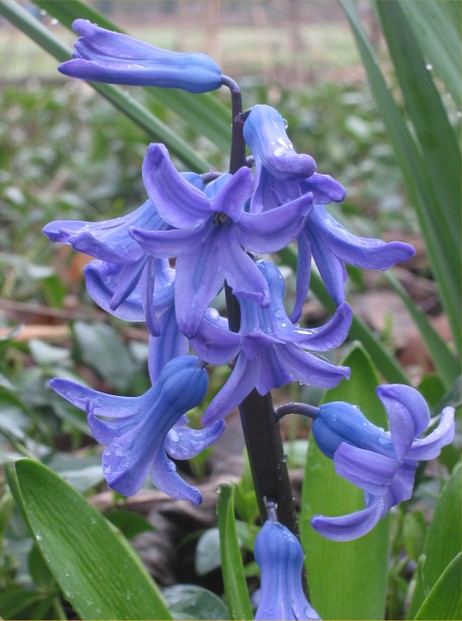
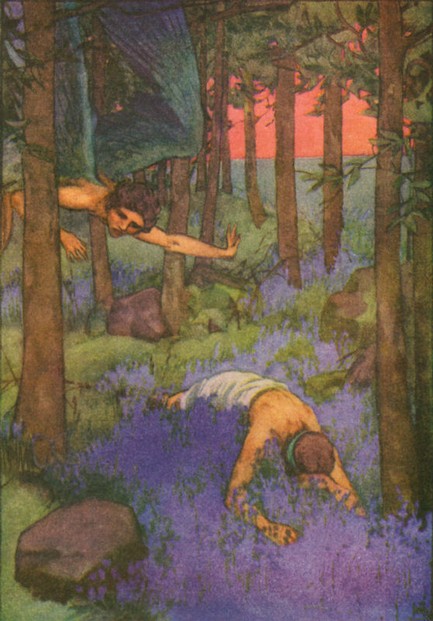
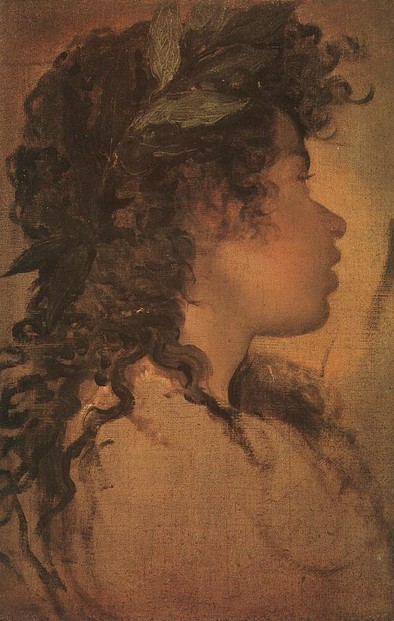
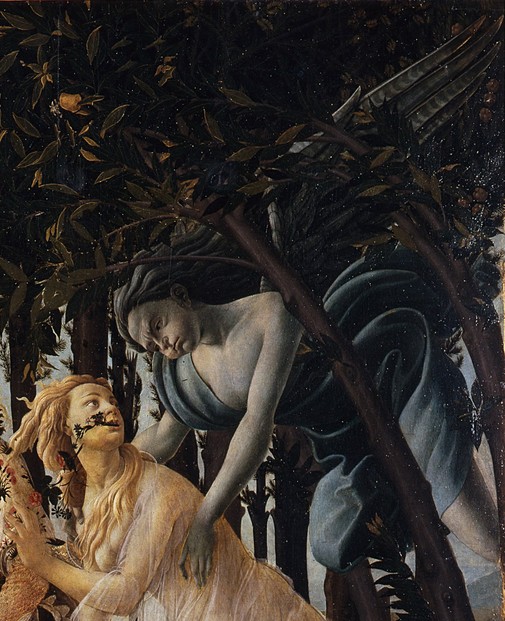
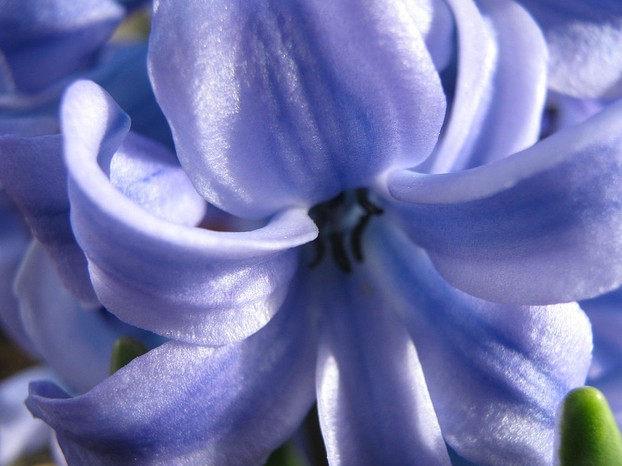
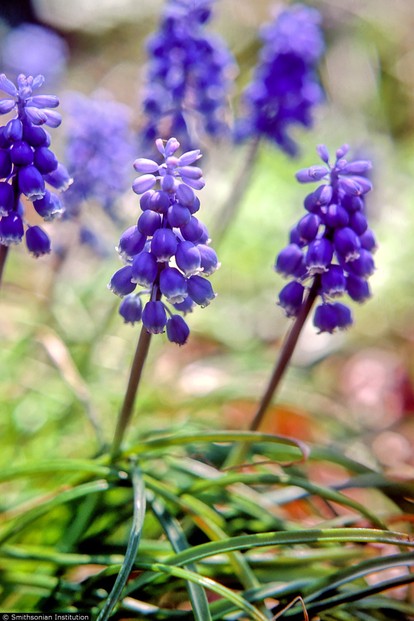
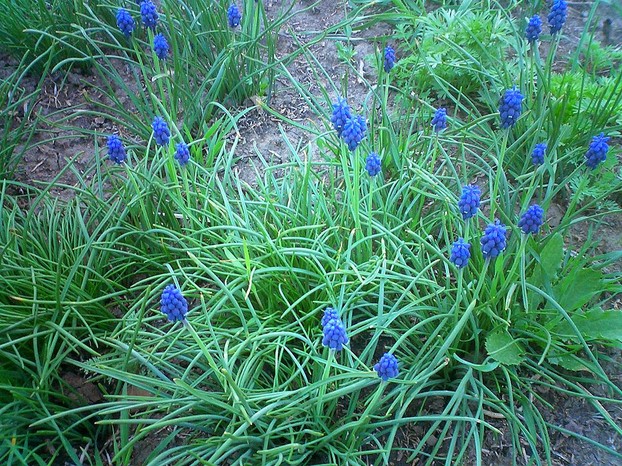
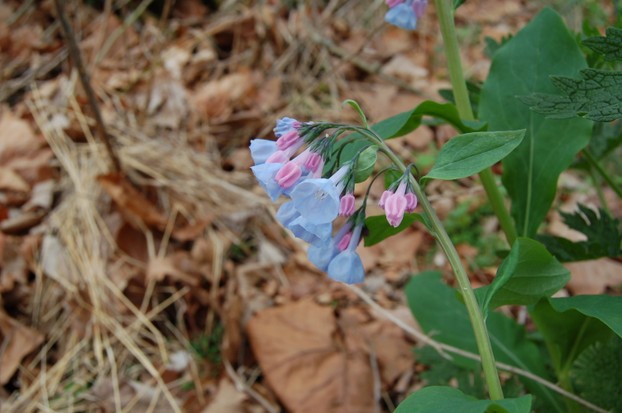
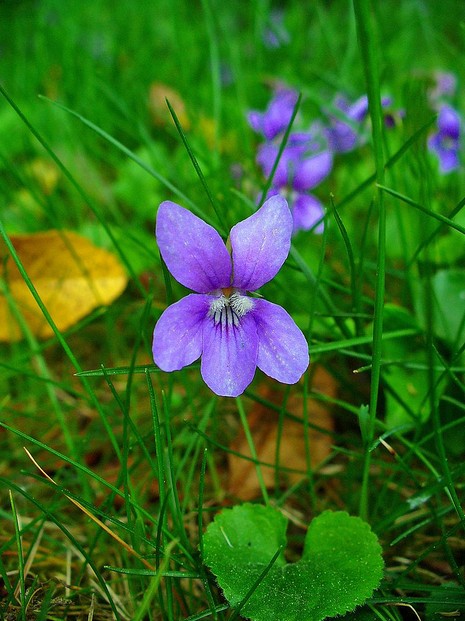
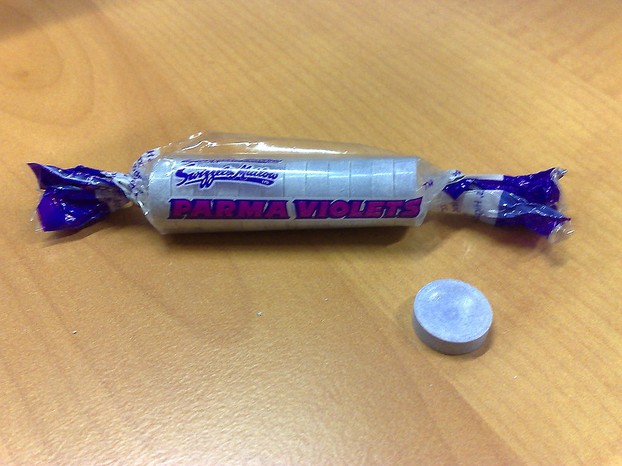
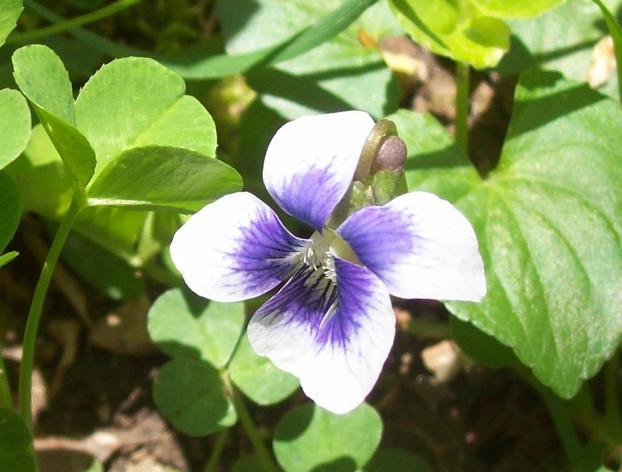
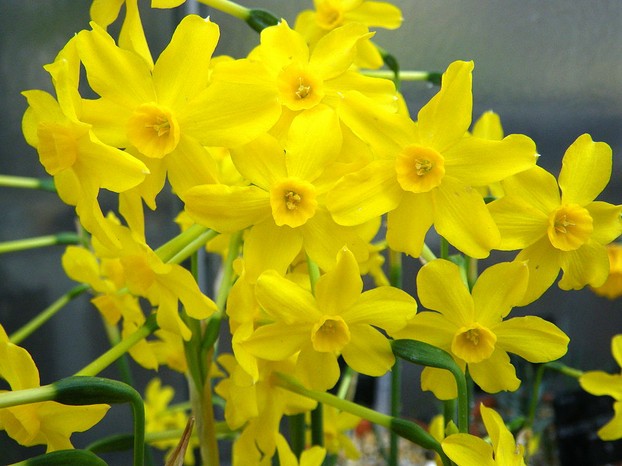
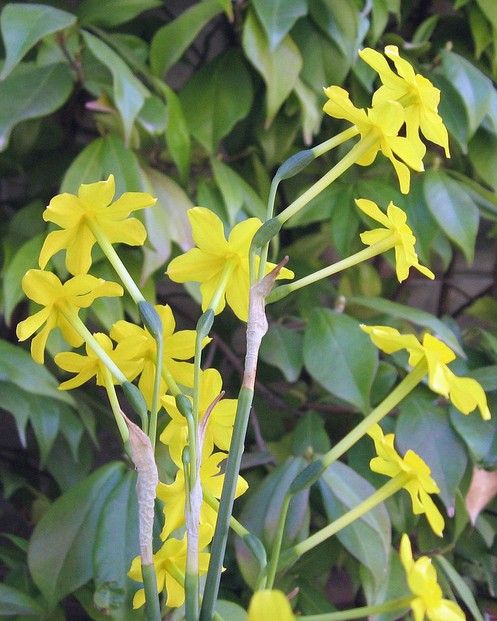
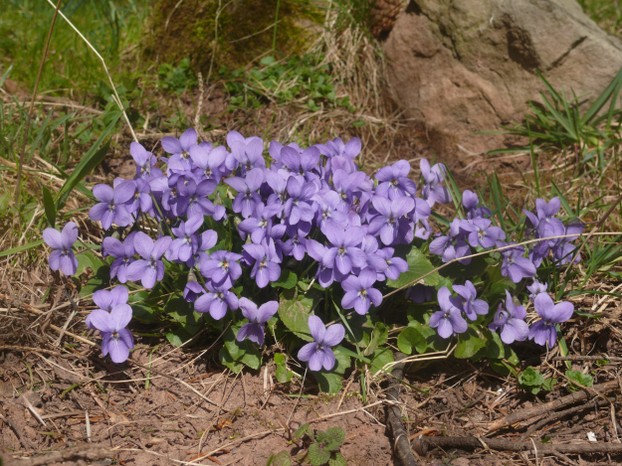
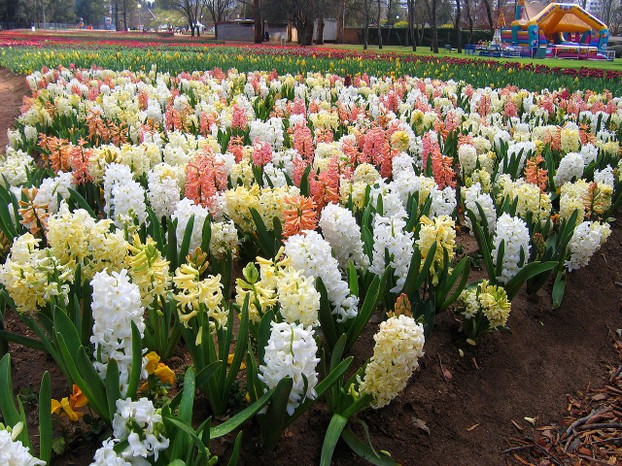
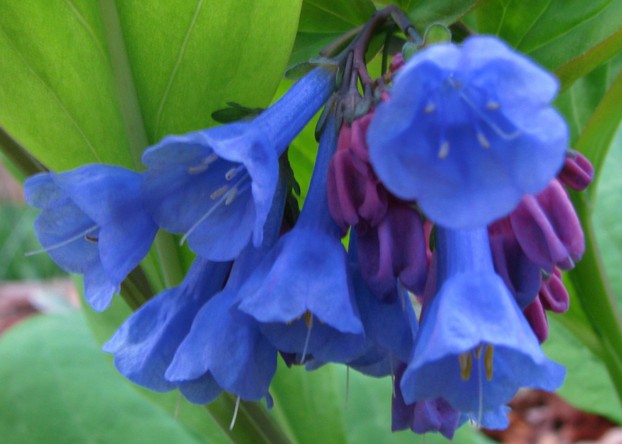


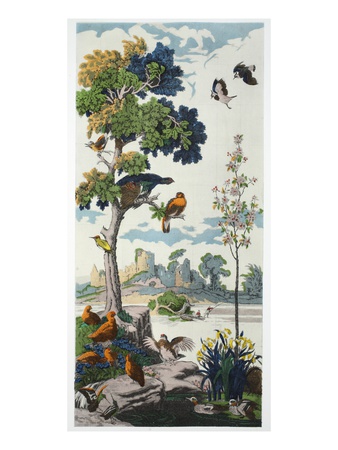



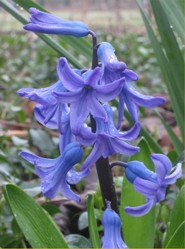

 Are Hawaiian Huakai Po Nightmarchers Avenging Halloween Thursday?on 10/02/2024
Are Hawaiian Huakai Po Nightmarchers Avenging Halloween Thursday?on 10/02/2024
 Mailing Addresses for 2023 Form 4868 Extending 1040 and 1040SR April 15, 2024, Due Dateon 04/15/2024
Mailing Addresses for 2023 Form 4868 Extending 1040 and 1040SR April 15, 2024, Due Dateon 04/15/2024
 Mailing Addresses for 2023 Forms 1040 and 1040SR Filed in 2024on 04/15/2024
Mailing Addresses for 2023 Forms 1040 and 1040SR Filed in 2024on 04/15/2024
 Mailing Addresses for 2022 Form 4868 Extending 1040 and 1040SR April 18, 2023, Due Dateon 04/13/2023
Mailing Addresses for 2022 Form 4868 Extending 1040 and 1040SR April 18, 2023, Due Dateon 04/13/2023

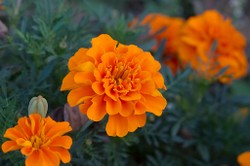
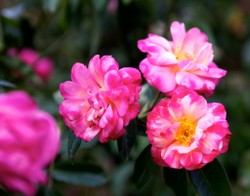
Comments
GomezPeter, Thank you! The mild 2016-2017 winter brings bluebells, buttercups, dandelions, forsythia, grape hyacinth, jonquils, rocket and violets to the yard, and I treasure all these harbingers of beautiful spring weather.
Really Cool,I have read several articles from this website and find each of them awesome .
sandyspider, Spring has sprung since I've seen robins, spring azures, spring peepers and, as of this morning, the first blooming daffodils!
This is really putting me in the spring mold with the beautiful flowers.
Thank you! Good luck with the workshop :)
Mira, Thank you for the link, which I quickly visited, as I have to prepare for a workshop in a few hours. They do give impressions of being ornamental fruit trees. I'll be back for a closer look.
Hi again, I've posted some photos on my blog. Please click on them to see the larger photos. Thank you for this. Hopefully you'll identify some of the trees.
https://funlifequotes.wordpress.com/2...
Mira, City Hall probably isn't used to tree questions, which hopefully may be more desirable than some of the questions which they field. Botany students and the university really should be helpful resources. You could contact the department online or by phone to express your interest in tree identification, and hopefully they'll respond with helpful answers or referrals.
Tree identification via photos can encounter rough patches because the best method is on-site observation. Could you pick out a photo which you consider clear of leaves on a branch, and I'll see what I see?
I'll ask at city hall but I imagine I won't run into any solicitous people. I may have better luck with botany students, as you say. I'll stop by the university one day to try my chances :)
Mira, Park headquarters used to keep records of their plantings. It's unfortunate that signs aren't uniformly posted alongside the different tree types.
Is there an administrative office for parks in Bucharest? Also, is there a university in Bucharest with a department such as Botany, Forestry, or Horticulture?